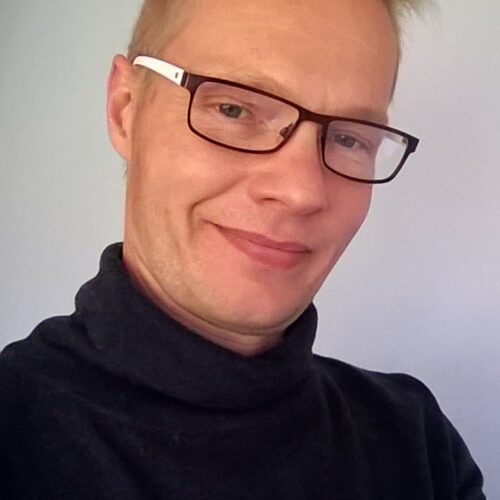Baltic Sea: Clearer waters in the east

The marine environment of the Gulf of Finland is slowly but steadily improving. The improvements are more evident in its eastern part. This is the main conclusion of extensive research from a large team of more than a hundred Finnish, Russian and Estonian environmental scientists over the period from 1996 until 2014.
The 300-page report has been published by the Finnish Environment Institute (SYKE) this autumn. It includes recent information on issues such as eutrophication, hazardous substances, invasive species, noise, maritime traffic and plastic waste.
“The main conclusion regarding the eutrophication status of the gulf is that it is recovering in the east”, says Mika Raateoja, Senior Research Scientist at SYKE and one of the authors of the report.
“More specifically, it seems that the eutrophication status has begun to improve throughout the gulf, and this tendency is more pronounced in the eastern parts. This is because the most important reductions in the land-based nutrient loads have occurred there.”
According to the report, the decrease in eutrophication is a direct result of Russia cutting its nutrient load into the Baltic Sea. The remarkable decrease followed an extensive programme of investments in the infrastructure of collecting and treating wastewater from St. Petersburg at the eastern end of the Gulf of Finland.
In 2005–2013, St. Petersburg inaugurated a modern wastewater treatment plant and completed a 12-kilometre tunnel collector to eliminate discharges of untreated effluent into the Gulf of Finland. Nowadays, the city removes nutrients from more than 98% of its wastewater.
These investments, co-financed with NIB loans, have helped to decrease the annual load of phosphorus into the sea by 1,700 tonnes during the past decade.
“It means less eutrophication, less algae, less cyanobacterial blooms, and less decomposing organic matter in the sediments, leading to better oxygen conditions”, Mr Raateoja continues.
The improved situation is visible as clearer waters in the eastern Gulf of Finland. Mr Raateoja believes that the trend is sustainable as long as the land-based nutrient loads continue to decrease.

“Climate change may affect the trend, as riverine inflows into the gulf are predicted to increase, bringing more nutrients. However, the most important thing is that the current improving trend impacts the gulf at a faster pace than that of climate change.”
Mika Raateoja
Ph. D., Senior Research Scientist at the Finnish Environment Institute with expertise in chemical and biological oceanography, author of 18 scientific publications, project leader of the Baltic Sea chemical monitoring of Finland.
Similar improvements in the western part of the gulf depend entirely on the success in mitigating the nutrient loads in the main basin of the Baltic Sea. This encompasses a vast area from Finland to Germany.
The effect of the Baltic main basin on the phosphorus content of the waters of the western Gulf of Finland is much greater than that of the nutrient load from the land. Mr Raateoja explains:
“The currents bring oxygen-poor water with high salinity and nutrient content, which slows down the recovery of the western Gulf of Finland.”
“The oxygen condition in the deeps of the main basin has been deteriorating for the past two decades, introducing more and more nutrients into the system via internal loading. Even if we drastically reduced the nutrient load into the main basin today, the sea would continue to fertilise itself with nutrients for decades.”
The research includes a number of recommendations for improving the condition of the Gulf of Finland. They include curbing all possible land-based nutrient sources for the Baltic Sea, reducing the risks of dredging and maritime traffic, improving the preconditions for fishing, and developing maritime planning, where the amount and effects of underwater noise is one of the rising research topics.
“A lot has been done already, but we must continue. No country can do this alone, we need integrated actions”, says Mr Raateoja.
He hopes that the cooperation between the countries of the Gulf of Finland will continue and the international team of researchers will continue following up on the results of the extensive study. The publication has already facilitated the development of a joint action plan, or a roadmap, for decision-makers in all three countries.
Read more:
The Gulf of Finland assessment
Tunnelling miles for wastewater to give the Baltic Sea a chance